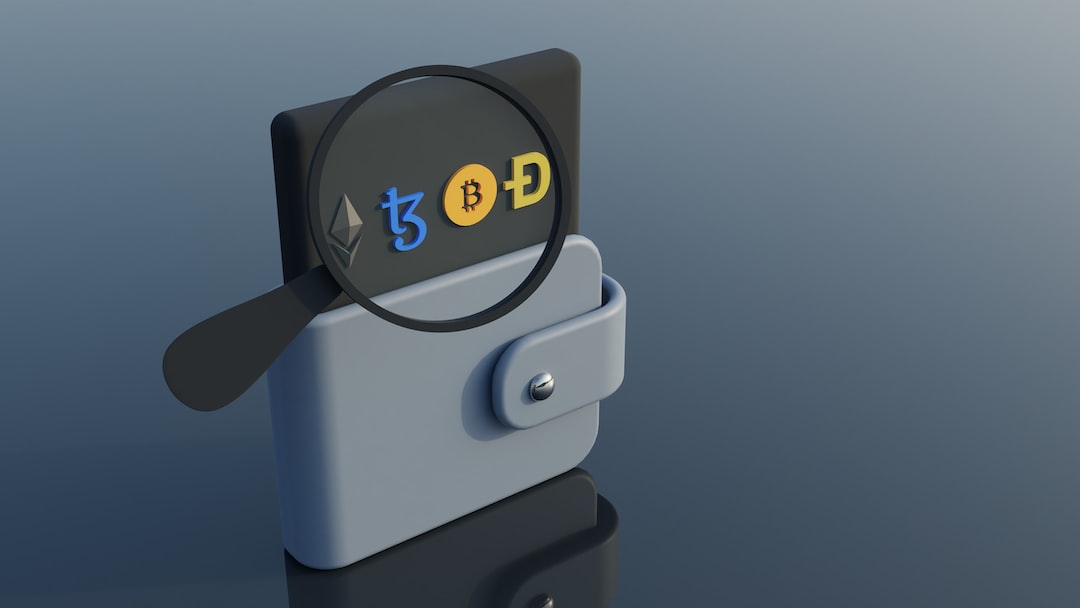The Evolution of Ethereum’s Proof of Stake
The world of cryptocurrencies is constantly evolving, and Ethereum (ETH) has emerged as a pioneer in the field of proof of stake. Recently, ETH has experienced a 6.77% increase, which is a positive sign for investors and enthusiasts in the industry.
The Complexity Problem in Ethereum’s Proof of Stake
The main issue lies in the inherent complexity of Ethereum’s proof of stake (PoS) mechanism. Vitalik Buterin, the co-founder of Ethereum, has identified a critical problem with the management of digital signatures. Validators, who are responsible for the network’s operation, must produce a large number of digital signatures.
This process becomes even more burdensome as the number of validators increases, leading to system overload. Future implementations could further intensify the signing requirements. It is crucial to address this issue to ensure the long-term scalability and sustainability of Ethereum.
Buterin’s Proposals to Simplify the Process
Buterin presented three possible solutions at the Ethereum research forum to simplify the process. The common goal of these proposals is to reduce the number of signatures required per slot to 8,192 in the Ethereum blockchain.
- Decentralized staking pools: This solution suggests introducing decentralized staking pools that would require a higher minimum amount of ether to run a validator. This encourages collaboration and resource pooling among operators, lightening the workload for individual validators and promoting cooperation within the network.
- Two levels of stakers: The second solution involves creating two levels of stakers with different requirements. These levels would be treated differently in the block finalization process, providing flexibility and accessibility for participants while maintaining security.
- Rotating participants: The third proposal suggests adopting a system of rotating participants, where a random set of validators is selected for each slot. This would distribute the workload and reduce the total number of signatures, improving fairness and decentralization.
Conclusion
Buterin’s proposals represent significant steps towards a more efficient and effective implementation of the PoS mechanism in Ethereum. By reducing complexity and workload for validators, Ethereum could achieve greater scalability and security. This evolution reflects Ethereum’s commitment to finding solutions that improve network performance while promoting decentralization in the cryptocurrency world.
Buterin’s vision for a leaner and more robust system could have a profound impact on the cryptocurrency industry, opening up new possibilities and applications.
Hot Take: The Future of Ethereum’s Proof of Stake
The recent increase in Ethereum’s value and Vitalik Buterin’s proposals to simplify the proof of stake mechanism indicate a promising future for Ethereum. These developments show that Ethereum is actively working towards scalability, security, and decentralization.

Leo Nomist emerges as a maestro harmonizing the roles of crypto analyst, tenacious researcher, and editorial virtuoso, creating an unparalleled symphony of insight. Amidst the intricate world of digital currencies, Leo’s perspectives resonate like finely tuned chords, capturing the attention of curious minds from diverse horizons. His talent for deciphering complex threads of crypto intricacies blends seamlessly with his editorial finesse, translating intricacy into a captivating composition of understanding.

